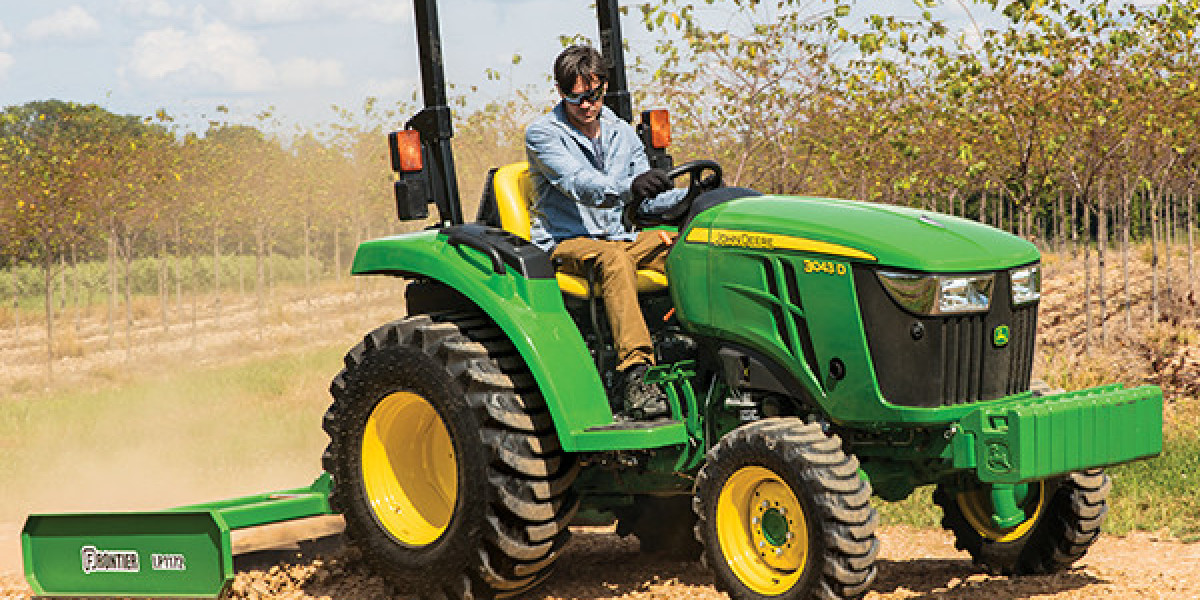Buying a second-hand tractor can be a smart move—especially for small-scale farmers, hobbyists, or anyone looking to save money without compromising functionality. However, a used tractor can be a blessing or a headache depending on how thoroughly you vet it. With countless makes, models, and conditions available, knowing what to look for is crucial before making a purchase.
Here’s a practical guide to help you avoid common pitfalls and choose a second-hand tractor that’s reliable and worth every penny.
1. Define Your Needs First
Before jumping into listings or visiting dealerships, clarify what you need the tractor for. Are you plowing fields, mowing large lawns, hauling equipment, or doing light utility work? Your intended use will determine the size, horsepower, and attachments you’ll need.
For light-duty: Subcompact or compact tractors (20–40 HP)
For medium-duty: Utility tractors (40–100 HP)
For heavy-duty work: Row crop or 4WD tractors (100+ HP)
Knowing your purpose will narrow down your search and help you avoid buying more tractor than necessary—or worse, one that’s underpowered.
2. Check the Hours of Operation
Unlike cars that rack up miles, tractors are measured by hours of operation. A well-maintained tractor can run efficiently for thousands of hours, but heavy usage without proper care can reduce its lifespan.
Under 2,000 hours: Generally considered low
2,000–4,000 hours: Mid-range; check maintenance history
Over 5,000 hours: High; requires extra scrutiny
Don’t just go by hours alone. A lightly-used tractor can be more problematic if it was stored improperly or rarely serviced.
3. Inspect the Engine and Transmission
Start with a cold engine if possible—this helps you hear how well it starts and runs when not warmed up. Look for:
Easy starting: Any delay, smoke, or strange sounds?
Oil leaks: Check around gaskets, filters, and under the machine.
Clean oil: Pull the dipstick; dark oil is okay, but gritty or milky oil is a red flag.
Smooth transmission: Drive it if you can. Manual gears should shift cleanly, and hydrostatic drives should respond without lag or noise.
4. Hydraulics and PTO Health
The hydraulic system powers many critical functions. Test it by lifting and lowering the loader or any available attachments.
Check for slow response or jerky movements.
Listen for whining or grinding sounds from the hydraulic pump.
PTO (Power Take-Off): Engage it and see if it runs attachments smoothly. A malfunctioning PTO can be expensive to fix.
5. Tires and Undercarriage
Tires are expensive—often $500 or more each—so don’t overlook them. Look for:
Deep, even tread
No cracks or dry rot
No signs of sidewall separation or uneven wear
If the tractor has tracks or a more complex undercarriage, be even more vigilant. Repairs can be pricey.
6. Cab and Comfort
Especially if you’ll be spending hours operating the tractor, comfort matters.
Check the seat: Torn, sun-damaged, or uncomfortable?
Controls: Are levers, pedals, and switches functional and intuitive?
Cabin features: Working lights, A/C, fans, and gauges should all be tested.
These might seem like small issues, but comfort and visibility play a big role in safety and productivity.
7. Maintenance Records and Ownership History
Always ask for maintenance logs. A tractor that’s been regularly serviced (oil changes, filters, fluids) is far more trustworthy. Also:
Ask how many owners it had
Find out where it was stored (indoor vs. outdoor)
See if it’s had any major repairs or replacements
If the seller can’t provide records or dodges these questions, that’s a red flag.
8. Availability of Parts and Service
Even if you find a great deal on an older or lesser-known brand, check whether parts are readily available. Some imported or discontinued models can become money pits simply because you can’t get what you need to fix them.
Research:
Local dealerships or service centers
Online availability of parts
Availability of compatible implements
9. Bring a Mechanic or Experienced Friend
If you’re not mechanically inclined, bring someone who is. They can spot issues that may not be obvious to a casual observer. Spending an hour with an expert now could save you thousands later.
10. Negotiate the Price Fairly
Finally, once you've done all your checks and are serious about a particular tractor, don’t hesitate to negotiate. Use the tractor's condition, hours, and comparable listings to justify your offer.
Websites like TractorHouse, Fastline, or local classifieds can help you gauge fair market value.
Final Thoughts
A Second Hand Tractor can be a powerful asset when chosen wisely. Like any large investment, it pays to do your homework, ask the right questions, and be cautious of deals that seem too good to be true.
Take your time, check thoroughly, and you’ll end up with a machine that works hard without breaking the bank.








